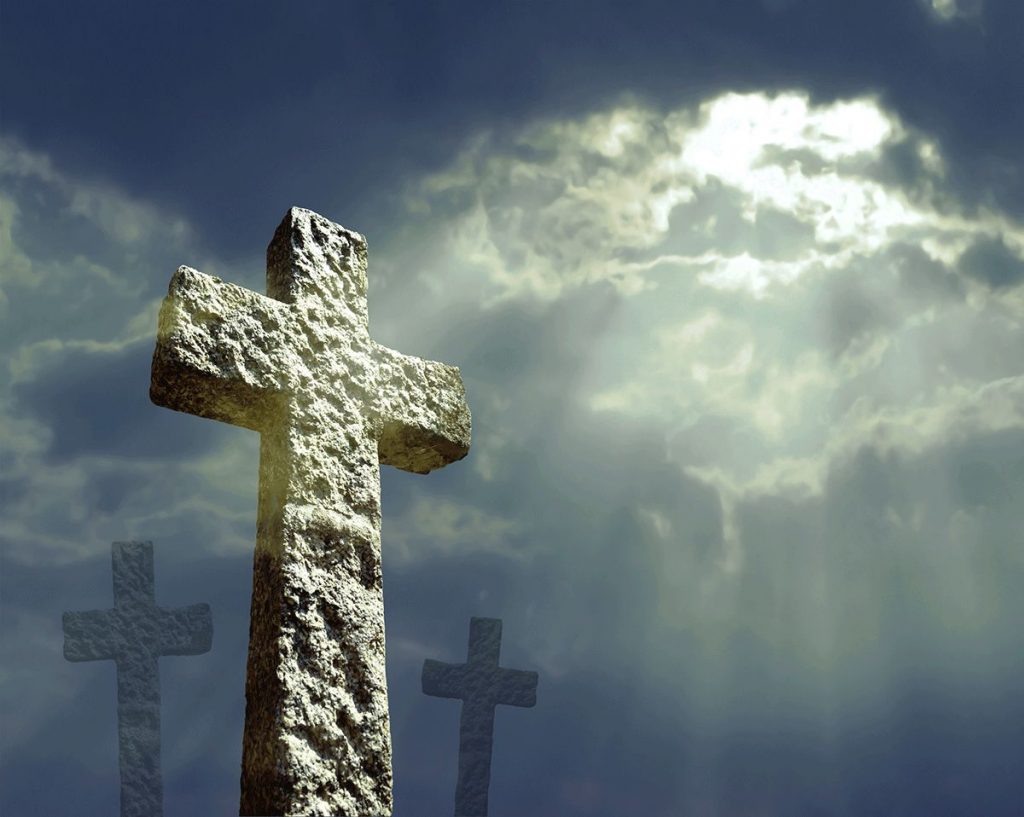This Lenten drama will soon arrive at its climax. Holy Week will soon be here.
Maybe you’ve been spotty in your follow-through since Ash Wednesday. If so, join the club. Or maybe you’ve just given up — abandoned your Lenten resolutions.
Well, now’s a good time to start over. Begin again.
Holy Week is a season unto itself, a season contained within a season. And the Easter Triduum, the three days that take us from Holy Thursday to Easter Sunday, is a season within a season within a season.
So these sacred days are like nesting dolls, offering us newer graces the deeper we go. If you have the time, I recommend that you learn as much as you can about this most sacred season. Read James Monti’s book “The Week of Salvation”or Father Raniero Cantalamessa’s “The Mystery of Easter.”
But most of us don’t have time for a book between now and then. Lucky for us that Lent isn’t primarily about “book learning,” and the only exam we face at the end of it is the one administered by our own conscience.
I know you’d like to get more out of the Lenten days remaining. So I’m going to ask you to join me in doing something simple.
When you make the Sign of the Cross, really make it. Think about it. Let its lessons come home to your heart.
It’s a powerful prayer, and too often we make it thoughtlessly. We whirl about our upper body while slurring out the words.
So first: slow down a little. You don’t have to look like a running back on a slo-mo replay. Just decelerate enough to absorb the shape of the Sign and the words of the blessing.
Everything is in there. The early Christians said that we come to know God in two ways: through theology and economy. We come to know God by meditating on who he is and on what he does. In theology we consider God’s nature and character. In the divine economy we discern his plan as he works it out in history.
It sounds as if we need to read a lot of books to fathom it. But it’s really all contained in the Sign of the Cross.
When God revealed his Holy Name — Father, Son, and Holy Spirit — he revealed that he is a loving communion, an eternal family. When we make the Sign of the Cross, we remind ourselves of that profound mystery. That, in itself, is theology.
But we also trace the shape of God’s most intimate, passionate, self-giving encounter with his people. We trace the cross — the moment when the divine economy reached its climax — the moment we commemorate on Good Friday. With a simple movement of our hand we acknowledge: “God so loved the world that he gave his only Son, so that everyone who believes in him might not perish but might have eternal life.”
All of sacred theology and all the divine economy are caught up in that simple devotion.
For the days remaining in Lent — and especially during Holy Week — let’s make the Sign with that in mind. Let’s go slow and give ourselves time to love each Person of the Blessed Trinity: the Father, Our Father; the Son, Jesus, our brother; and the Holy Spirit, our friend and counselor, encouragement and consoler.
Let us think, too, about the cross, which is the icon of life poured out for another in love. That life, God’s life, was poured out for me! That life, God’s life, was poured out for you!
There is no greater love than this. If you make the Sign with me this way — slowly, thoughtfully — you’ll know why you’re kissing the wood of the crucifix on Good Friday. You’ll know why you’re joyful on Easter morning.
I’m not asking a lot. But I’m offering you everything. I hope it’s an offer you can’t refuse.

